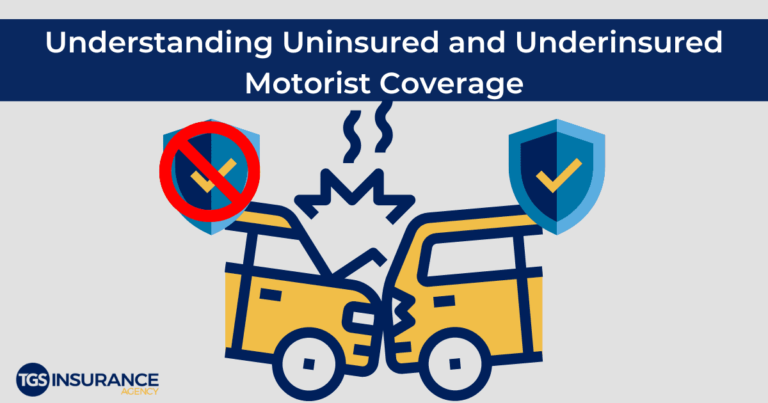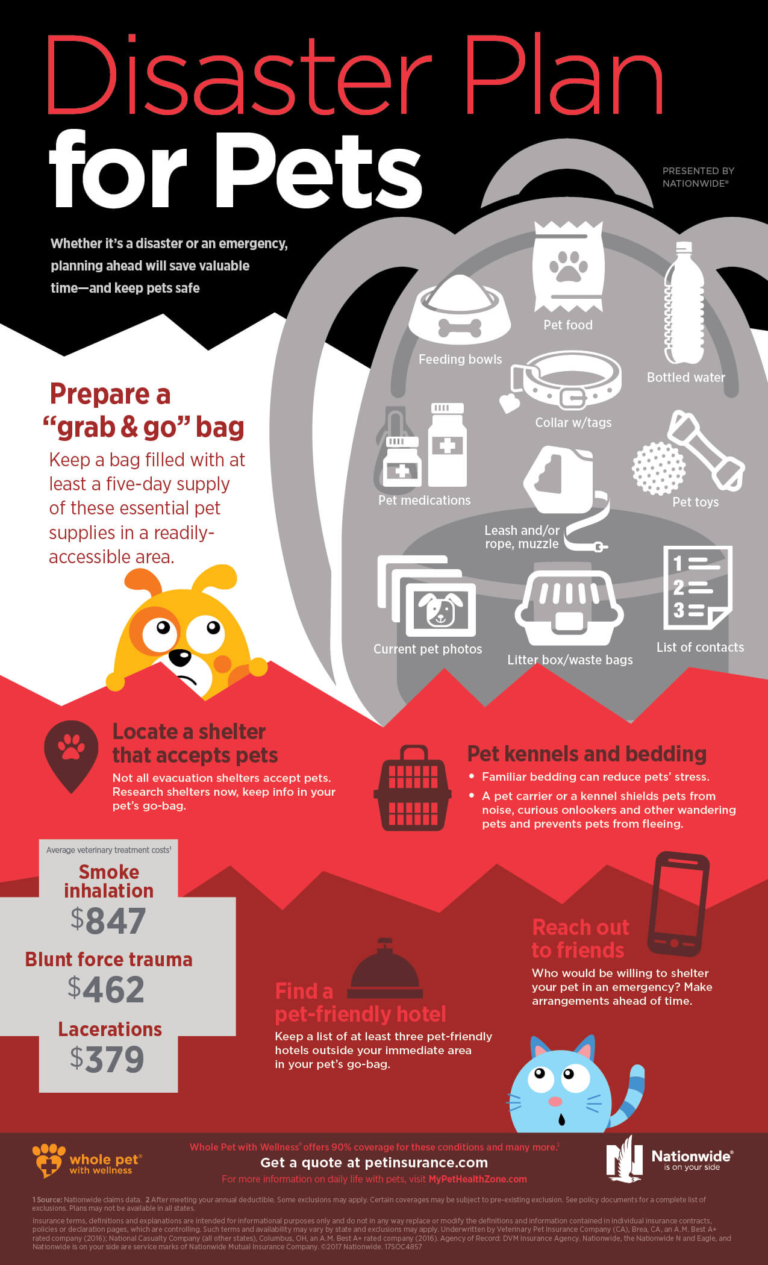High-Risk Business Insurance: Understanding Your Coverage
High-Risk Business Insurance is a crucial consideration for industries that face unique challenges and potential liabilities. Businesses, from contractors to restaurants, must navigate a landscape filled with specific risks that can significantly impact their insurance premiums. For instance, a contractor taking on complex projects may encounter unforeseen issues that lead to costly claims, while a restaurant could face liabilities tied to food safety concerns. Understanding these risks is essential for effective risk management and can help businesses secure appropriate coverage while potentially lowering their overall costs. In this article, we will delve into the nuances of high-risk business insurance and provide insights that can help you protect your assets.
When we talk about insurance for businesses that operate in high-risk environments, we’re referring to specialized coverage designed to mitigate the unique challenges faced by these enterprises. Terms like contractor coverage, retail liability insurance, and restaurant protection plans all fall under the umbrella of high-risk business insurance. Each of these sectors encounters distinct hazards that necessitate tailored insurance solutions to ensure financial stability and compliance with regulatory requirements. Whether you’re a contractor working on risky projects, a retailer managing product liabilities, or a restaurateur dealing with operational hazards, understanding the intricacies of your insurance options is vital for effective risk management. This article aims to shed light on these critical aspects and help you navigate the complexities of high-risk business insurance.
Understanding High-Risk Business Insurance for Contractors
Contractors often operate in a high-risk environment, which can significantly influence their insurance premiums. The nature of construction work exposes contractors to various hazards, from equipment accidents to liability claims. Insurance providers assess the risk level based on several factors, such as the contractor’s experience, types of projects undertaken, and the safety protocols in place. For instance, a contractor experienced in residential projects may face lower insurance premiums than one who frequently tackles large-scale commercial builds, which typically involve more complex risks.
To effectively manage these risks, contractors should focus on adhering to their core competencies and avoiding projects that are outside their expertise. By doing so, they can minimize the chances of costly errors that could lead to significant financial loss and subsequently higher insurance premiums. Regular training and compliance with industry standards are vital in maintaining a low-risk profile, which is beneficial when negotiating insurance rates.
Frequently Asked Questions
What factors influence insurance premiums for high-risk business insurance in the construction industry?
Insurance premiums for high-risk business insurance in the construction industry are influenced by factors such as the type of projects undertaken, the contractor’s experience level, and the frequency of deviations from core competencies. For example, a contractor with extensive experience in routine projects will likely face lower premiums compared to one who frequently takes on unfamiliar, high-stakes projects.
How can contractors reduce their high-risk business insurance premiums?
Contractors can reduce their high-risk business insurance premiums by sticking to their areas of expertise, undergoing thorough training, maintaining proper documentation, and performing regular audits of completed work. These strategies help in minimizing risk exposure and demonstrating proactive risk management to insurers.
What are the risks associated with retail businesses that can affect high-risk business insurance premiums?
Retail businesses face various risks that can impact high-risk business insurance premiums, particularly those selling private-label products or operating in cluttered environments. Risks such as product liability for harmful items and increased fire hazards in narrow aisles can lead to higher insurance costs.
What strategies can retailers implement to mitigate risks related to high-risk business insurance?
Retailers can mitigate risks by maintaining organized spaces to reduce fire hazards, ensuring strict quality control for private-label products, and educating employees on safety protocols. These practices can lower the likelihood of claims and potentially reduce insurance premiums.
What unique risks do restaurants face that influence their high-risk business insurance?
Restaurants encounter unique risks such as food safety issues, operational hazards, and fire risks from cooking equipment. For instance, barbecue restaurants with outdoor smokers and buffet-style dining increase exposure to both fire and health-related claims, impacting their high-risk business insurance premiums.
How can restaurants lower their high-risk business insurance premiums?
Restaurants can lower their high-risk business insurance premiums by implementing safety training for staff, placing smoking equipment at a safe distance from the premises, and adhering to strict food safety protocols. Regular maintenance of cooking equipment also plays a critical role in risk management.
What role does risk management play in determining high-risk business insurance premiums?
Risk management plays a significant role in determining high-risk business insurance premiums. Insurers assess risks based on the likelihood and severity of claims, as well as the safety measures businesses have in place. Effective risk management practices can lead to lower premiums.
How can investing in training help reduce high-risk business insurance costs?
Investing in training can help reduce high-risk business insurance costs by equipping employees with knowledge of safety protocols and industry standards. This reduces the likelihood of accidents and claims, demonstrating to insurers that the business actively manages risk.
What are the benefits of working with an insurance agent for high-risk business insurance?
Working with an insurance agent for high-risk business insurance helps businesses select coverage tailored to their specific risks. Agents provide valuable insights and resources, ensuring businesses understand their policy and can find the right protection to mitigate risks and manage costs effectively.
Why is understanding industry-specific risks important for high-risk business insurance?
Understanding industry-specific risks is crucial for high-risk business insurance as it allows businesses to secure appropriate coverage, implement effective risk mitigation strategies, and potentially lower their insurance premiums. Identifying hazards specific to their sector helps in maintaining financial stability.
| Industry | Key Risks | Mitigation Strategies | Impact on Insurance Premiums |
|---|---|---|---|
| Contractors | Varied project risks, inexperience, improper installations. | Stick to expertise, thorough training, document work. | Higher premiums for inexperienced contractors; lower for experienced ones. |
| Retail | Product type risks, cluttered spaces, liability for private-label products. | Maintain organized spaces, quality control for private labels. | Higher premiums for used goods and private labels; lower for new inventory. |
| Restaurants | Food safety, fire risks from cooking equipment. | Safe equipment placement, maintenance, and safety training. | Higher premiums due to operational hazards and food safety risks. |
Summary
High-Risk Business Insurance is essential for industries facing significant risks, such as construction, retail, and restaurants. Understanding and mitigating specific hazards can help businesses secure appropriate coverage, reduce their exposure to claims, and potentially lower their insurance premiums. By investing in training, maintaining safety protocols, and choosing the right coverage, businesses can effectively manage their risks and protect their financial stability.







